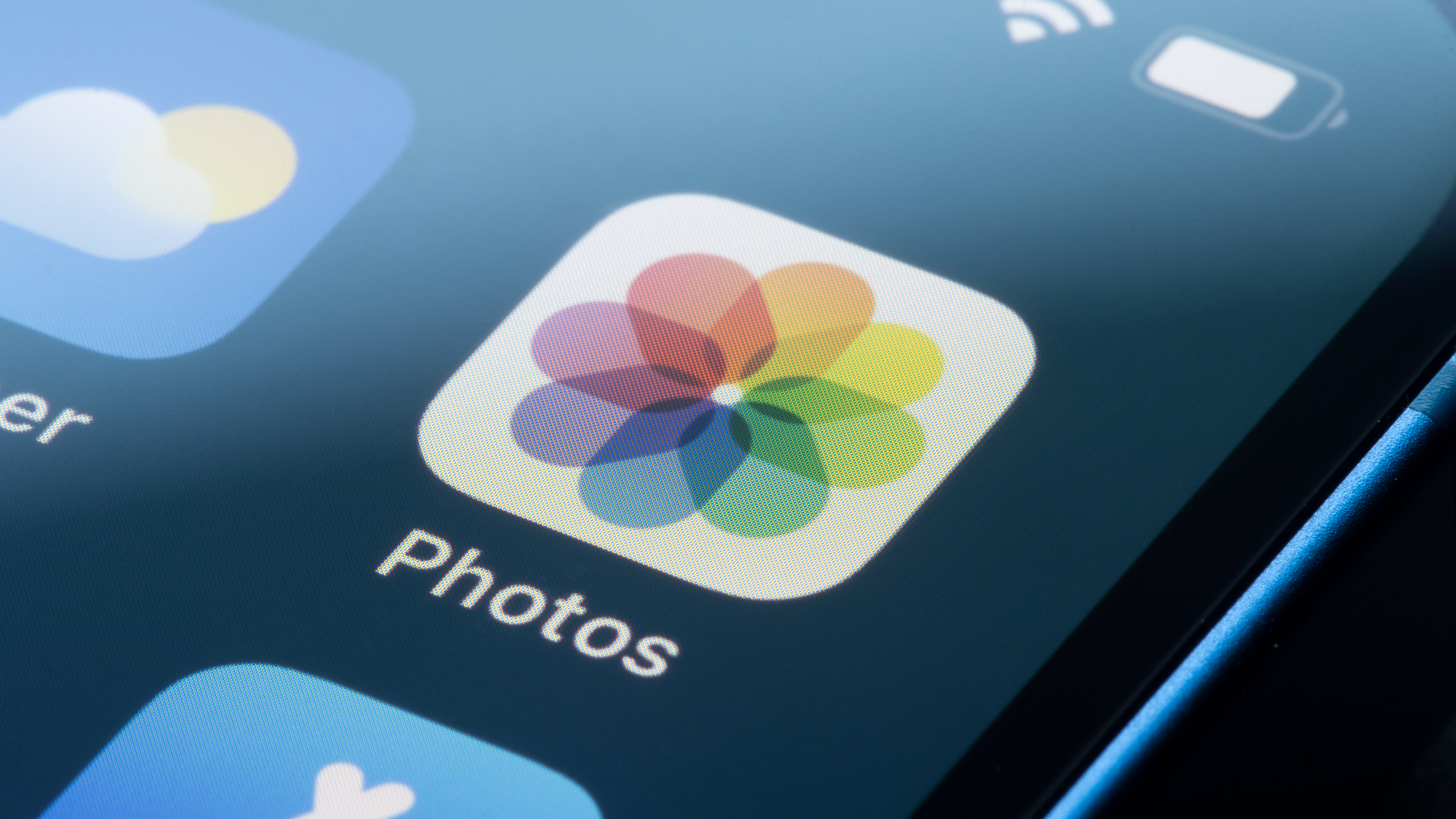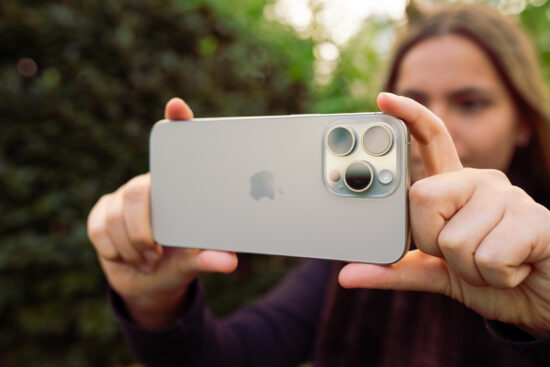Apple says 128GB is 'lots of storage' for iPhone photos, but I’m living proof it’s not
Picture this: I’m running out of space

Are you an iPhone user? If so, I need you to do me a favor. Open the Photos app on your device and swipe to the bottom of your images list, then take a note of how many pictures there are in the app. How many do you have? For me, that number feels pretty startling: 33,679.
That’s a lot of photos.
I also have an iPhone with 128GB of storage space. In its latest ad, Apple says that is “lots of storage for photos.” In my case, though, that couldn’t be further from the truth.
To be clear, I’m not accusing Apple of being devious or of misleading people. I’m quite aware that I am very much an edge case, and I don’t expect that the average iPhone user has anywhere near as many pictures as I do on their device.
But it’s still remarkable to see just how much space my images occupy. I’ve got a 200GB iCloud plan and offload my photos from my device onto Apple’s cloud servers. Right now, I’m using about 100GB of it, with almost the entirety of that taken up by my photos.
There’s no way I could fit all that onto my device’s storage alongside everything else I store on it. What I’m asking is for Apple to be just a little more generous when it comes to iPhone storage space.
Storage gone in 60 seconds

As much of an unusual case as I probably am, focusing on the sheer number of photos might be missing the point. These days, all modern iPhones can take 48MP photos. You don’t need to have over 30,000 of the things to rapidly fill up 128GB. In fact, you’ll run out of space after just over 1,700 images, provided you take 48MP ProRaw images at 75MB a pop (and that doesn’t even factor in space taken up by your apps, documents, messages, and iOS itself).
Apple keeps giving us new ways to eat up our storage, without boosting that storage itself. The 128GB iPhone has been the entry-level choice since 2021, when Apple mercifully dropped the 64GB tier (except on the iPhone SE). But even then 128GB didn’t exactly feel spacious. With the addition of new, storage-hungry technologies like ProRaw images, high-resolution sensors and ProRes video capabilities, it’s easier than ever to run out of space.
The obvious retort to this problem is a simple one: buy an iPhone with more storage. If you’re going to be using all these high-end technologies like ProRaw and ProRes, chances are you’ll be prepared to pay for expensive equipment anyway. What’s a little extra outlay on more storage?
But we all know iPhones are expensive, and I expect most people buy them hoping to keep hold of them for years and get their money’s worth. With all of these interesting new imaging toys to play with, from ultra-high-resolution photos to slow motion videos, it would be easy for someone to make a big dent in their 128GB iPhone’s storage just by playing around with these options for a while.
Expand that over a number of years and 128GB starts to feel very restricting, even if you’re not a pro photographer or videographer. The real solution is to make a spacious iPhone the default.
It’s time for change

As I mentioned earlier, my way out of this conundrum was to buy a 200GB iCloud plan. At $2.99 / £2.99 a month, it’s not exactly expensive, and a pretty good deal compared to upgrading to a 256GB iPhone. The price of that upgrade is £100 ($100), and it would take almost three years of my iCloud subscription to spend that much. I know it’s not a like-for-like equivalent, but you get the point.
But while iCloud helps relieve some of the 128GB pain, it’s not a panacea. When you offload your photos to iCloud, you need to download them again when you want to view them on your device. For low-resolution images, that’s (usually) fast enough. But downloading 48MP photos or very high-resolution videos? That can result in a long, tedious wait just to see your own work.
The answer, in my eyes, is for Apple to increase the base iPhone storage from 128GB to 256GB. Ideally, Apple would eat the cost of this move – it did the same when it ditched the 64GB option, and it’s not like the company is short on cash. After all, it would feel unfair to punish users with a price increase for the entry-level model when Apple has introduced so many ways to eliminate that storage in an instant.
Ultimately, the ball is in Apple’s court now. The company has done so much good work to upgrade the iPhone’s photo and video abilities – the iPhone really is one of the best smartphone cameras you can buy – now all we need is the storage to match.
You might also like
Get daily insight, inspiration and deals in your inbox
Sign up for breaking news, reviews, opinion, top tech deals, and more.

Alex Blake has been fooling around with computers since the early 1990s, and since that time he's learned a thing or two about tech. No more than two things, though. That's all his brain can hold. As well as TechRadar, Alex writes for iMore, Digital Trends and Creative Bloq, among others. He was previously commissioning editor at MacFormat magazine. That means he mostly covers the world of Apple and its latest products, but also Windows, computer peripherals, mobile apps, and much more beyond. When not writing, you can find him hiking the English countryside and gaming on his PC.